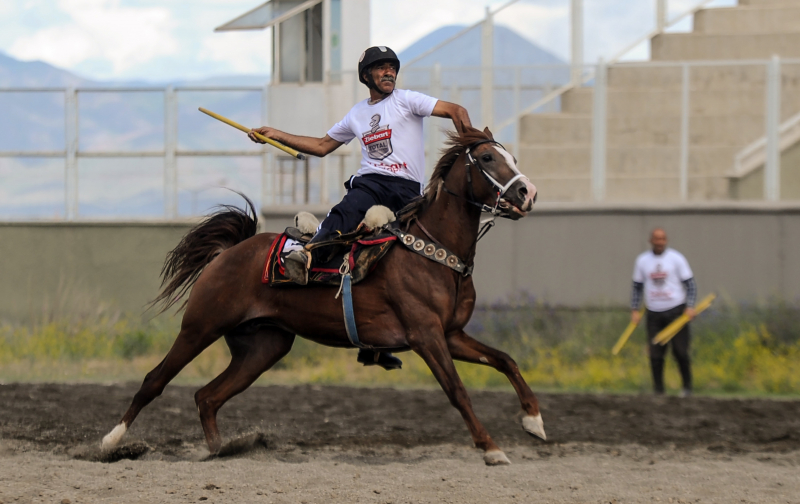Traditional Sports and E-Sports
Essay topic: Traditional Sports and E-Sports.
Answer:
Sports, a source of entertainment and competition, come in diverse forms, with traditional sports and e-sports representing different dimensions of athletic engagement.
Traditional sports involve physical activities, like soccer or basketball, where athletes compete in real-world settings. These sports have a rich history, with rules and techniques passed down through generations. Traditional sports emphasize physical fitness, teamwork, and face-to-face competition. Athletes in traditional sports engage in training, honing their skills in outdoor or indoor environments.
On the other hand, e-sports involve competitive video gaming, where players compete in virtual worlds. Games like League of Legends or Fortnite provide the arena for these digital battles. E-sports have gained popularity in the digital age, attracting a global audience. Players compete individually or in teams, showcasing strategic thinking, quick reflexes, and digital prowess. E-sports athletes practice in the virtual realm, mastering game mechanics and strategies.
One significant difference lies in the nature of the activities. Traditional sports require physical exertion, involving movements like running, jumping, or throwing. They often take place in real-world locations, emphasizing the tangible aspect of athleticism. E-sports, in contrast, involve mental agility and hand-eye coordination within a virtual setting. The competition takes place on screens, with players using controllers or keyboards to navigate the digital challenges.
Consideration should also be given to the perception of sportsmanship. In traditional sports, athletes display sportsmanship through physical gestures, like handshakes or team celebrations. Face-to-face interactions allow for immediate acknowledgment of opponents and teammates. In e-sports, sportsmanship is conveyed through online interactions, with players typing messages or using digital emotes to express respect or camaraderie.
In conclusion, traditional sports and e-sports offer different avenues of athletic engagement. Traditional sports emphasize physical activity, teamwork, and face-to-face competition in real-world settings. E-sports, on the other hand, showcase digital prowess, mental agility, and strategic thinking in virtual environments. Both contribute to the diverse landscape of sports, catering to different interests and skills, enriching the broader world of athletic pursuits.












